A 7.7-magnitude earthquake struck central Myanmar on March 28, 2025, causing significant damage and widespread tremors across neighboring countries. The earthquake's epicenter was located 16 kilometers northwest of Sagaing at a depth of 10 kilometers, according to the United States Geological Survey (USGS). The tremors were felt as far as Thailand, China, Vietnam, Bangladesh, and parts of India, prompting emergency responses and search and rescue operations.
Damage and Casualties in Myanmar
The earthquake led to extensive damage to infrastructure in Myanmar, particularly in Naypyidaw and nearby regions. Roads cracked, buildings collapsed, and several historical landmarks, including a former royal palace in Mandalay, sustained structural damage. Residential areas were also affected, with many homes reduced to rubble, trapping people under debris. The disaster disrupted electricity and communication services, making rescue operations more challenging.
Casualties have been mounting across different regions, with hospitals struggling to handle the large influx of injured residents. A 1,000-bed hospital in Naypyidaw has been declared a mass casualty center, with a steady flow of wounded arriving for treatment. Medical teams are operating under severe strain, with reports of intravenous drips being administered in hallways and makeshift treatment areas. Many injured individuals are being treated outdoors as the hospital itself has suffered structural damage. The government has urged medical facilities across the country to prepare for additional patients as rescue efforts continue to uncover more victims from the debris.
At least 20 people have lost their lives so far, including 10 worshippers who were killed when a mosque in Mandalay collapsed during prayers. A university fire linked to the earthquake has also caused casualties, though an exact count remains unknown. Many residents remain trapped in collapsed structures, with rescue teams racing against time to retrieve survivors. The Myanmar government has declared a state of emergency in six regions and has appealed for international assistance to aid in search, rescue, and medical relief efforts.
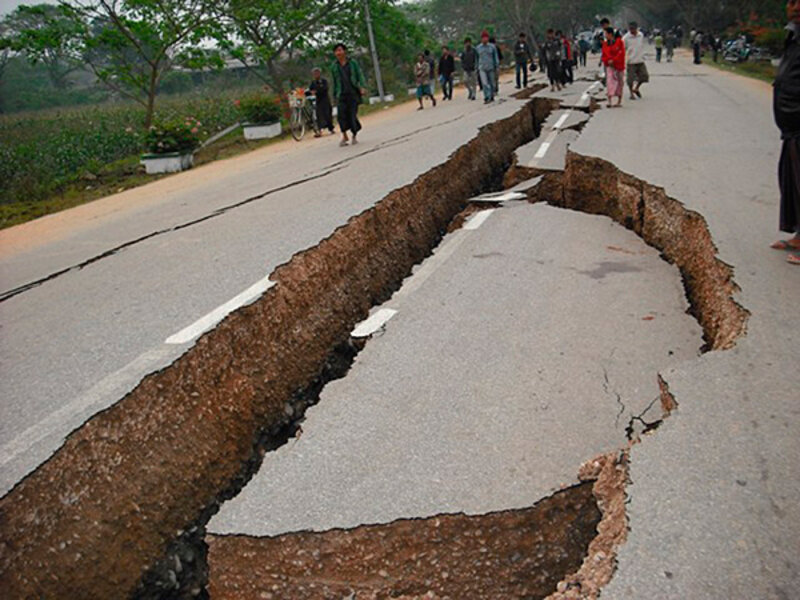
High-Rise Collapse in Bangkok
The impact of the earthquake was strongly felt in Thailand, particularly in Bangkok, where an under-construction 30-storey high-rise collapsed near Chatuchak Park. Fifty workers were reportedly inside the building at the time, and 43 remain missing as rescue operations continue. The collapse resulted in a massive pile of rubble, and rescue teams are using heavy machinery and search dogs to locate survivors. The governor of Bangkok confirmed that multiple high-rise buildings across the city sustained structural damage, and inspections are underway to assess the safety of other structures.
While no state of emergency has been declared in Bangkok, authorities have urged caution and advised residents to stay away from damaged buildings. Engineers and emergency teams are working to secure unstable structures and prevent further collapses. The Thai government is also coordinating with disaster relief agencies to assist those affected.
Tremors in India, China, and Bangladesh
The earthquake’s impact extended beyond Myanmar and Thailand, with tremors felt in parts of India, China, and Bangladesh. In India, cities such as Kolkata, Imphal, and Meghalaya’s East Garo Hills reported mild tremors. Many residents evacuated buildings as a precautionary measure. While no significant damage was recorded in these areas, the earthquake caused panic among residents, particularly in regions with older buildings.
In China’s Yunnan province, authorities detected the quake as a 7.9-magnitude event. Reports indicate minor structural damage in some areas, but no major casualties have been confirmed. Emergency response teams in China are monitoring the situation closely.
Bangladesh also experienced a 7.3-magnitude jolt, with tremors felt in Dhaka and Chattogram. While there were no immediate reports of casualties, residents reported strong shaking, and authorities are conducting inspections to assess potential structural damage.
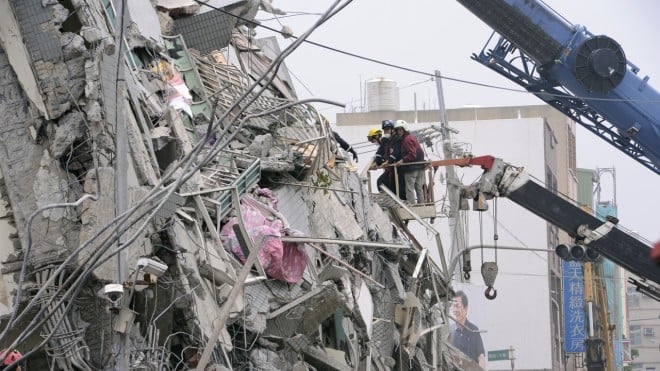
Infrastructure and Transportation Disruptions
The earthquake caused significant disruptions to infrastructure and transport networks. In Myanmar’s Sagaing region, a 90-year-old bridge collapsed, and sections of the highway connecting Mandalay and Yangon were damaged. Roads in some rural areas were severely affected, hampering the movement of rescue teams.
In Thailand, damage to roads and transport hubs caused temporary delays in public transportation. The Stock Exchange of Thailand suspended trading for the afternoon session following the earthquake, citing precautionary measures. Airports in Myanmar and Thailand conducted inspections to ensure the structural integrity of runways and terminals.
India’s Response and International Aid
Indian Prime Minister Narendra Modi expressed concern over the situation and assured that India stands ready to provide assistance. The Ministry of External Affairs has been directed to coordinate with the governments of Myanmar and Thailand for any required support. The National Disaster Response Force (NDRF) is monitoring the situation, and medical aid teams are on standby for deployment if needed.
Other international organizations and neighboring countries are also preparing to provide aid. The United Nations has expressed readiness to support Myanmar with emergency relief efforts, including food, medical supplies, and shelter assistance. Several humanitarian organizations are mobilizing resources to aid those affected by the disaster.
Rescue and Recovery Efforts
Authorities in Myanmar and Thailand are focused on search and rescue operations, with emergency personnel deployed to affected areas. In Bangkok, teams are working around the clock to locate missing workers trapped under the collapsed high-rise. Drones and thermal imaging technology are being used to detect signs of life beneath the rubble.
In Myanmar, rescue teams are prioritizing heavily affected areas such as Sagaing and Naypyidaw, where structural collapses have left many stranded. Local communities are also playing a crucial role in assisting emergency responders. Volunteers are providing food, water, and temporary shelter to those displaced by the disaster.
The earthquake has highlighted the need for stricter building codes, improved public awareness, and enhanced early warning systems in the region. Given Southeast Asia’s vulnerability to seismic activity, governments may need to review policies on earthquake preparedness and response to mitigate future disasters. Engineering assessments will be required to evaluate the structural integrity of affected buildings and determine necessary reconstruction efforts.
As rescue and relief efforts continue, authorities are urging residents in affected regions to remain cautious and follow official updates. Further assessments will determine the full extent of the damage and the steps required for long-term recovery. Governments and international agencies will need to work together to rebuild communities and strengthen disaster resilience measures.


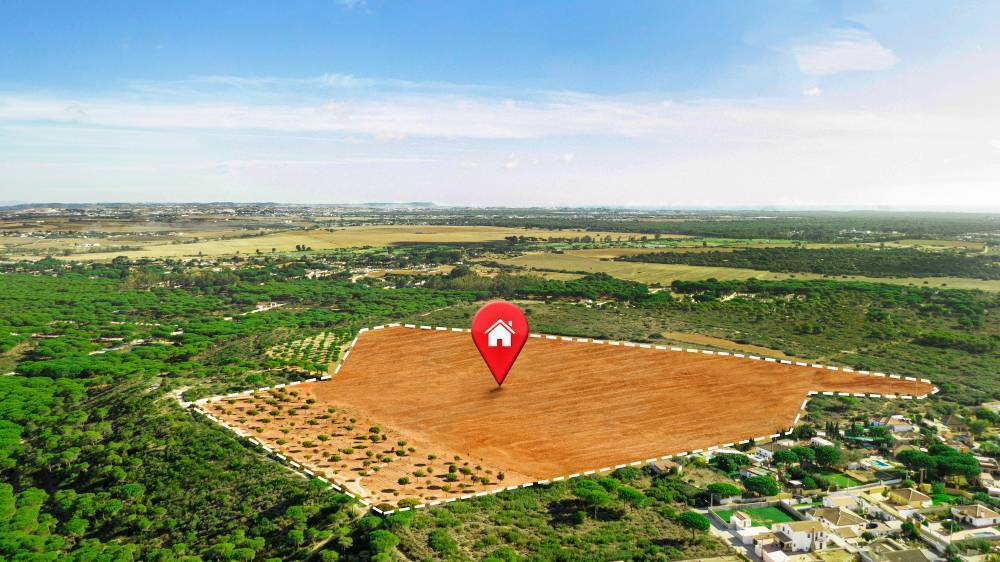
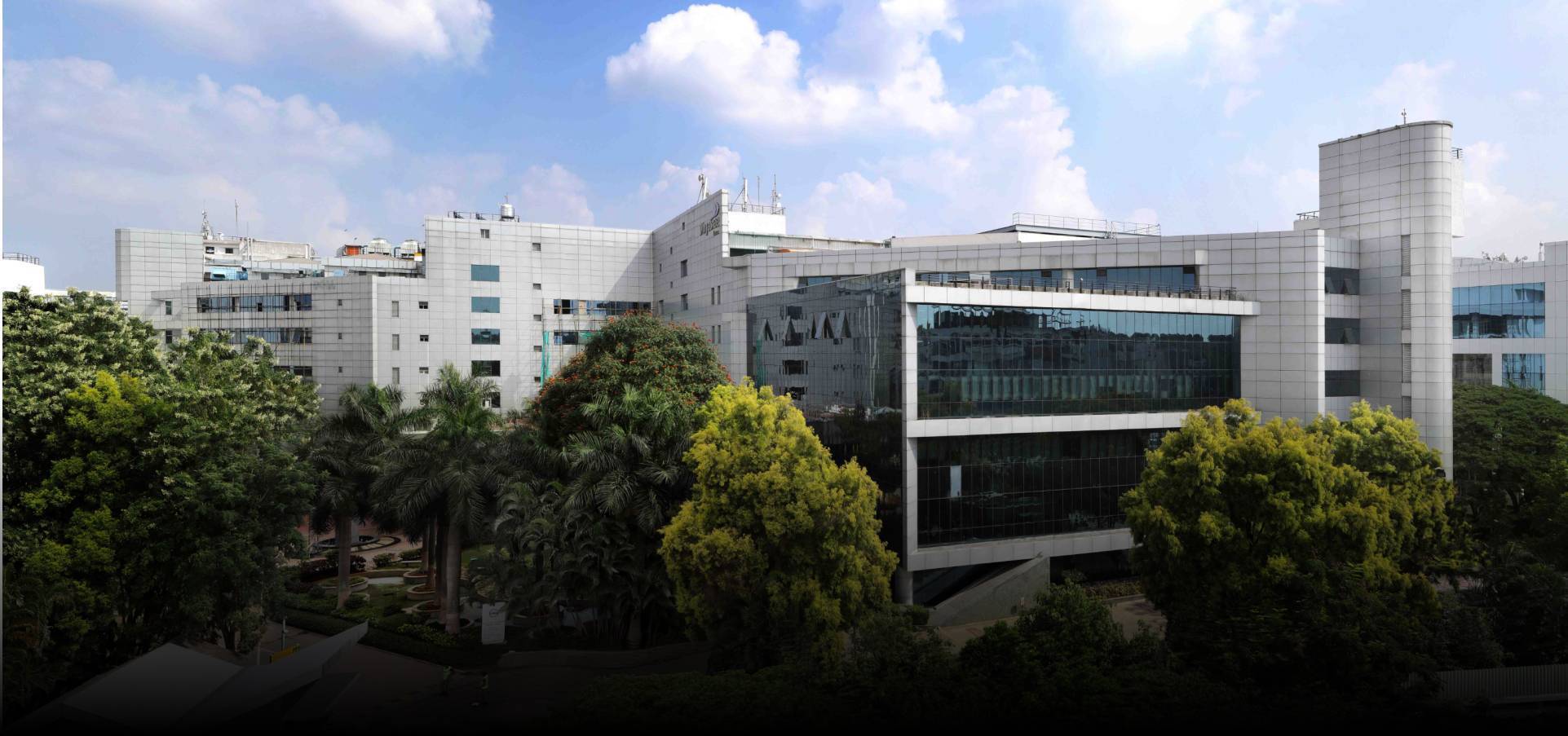
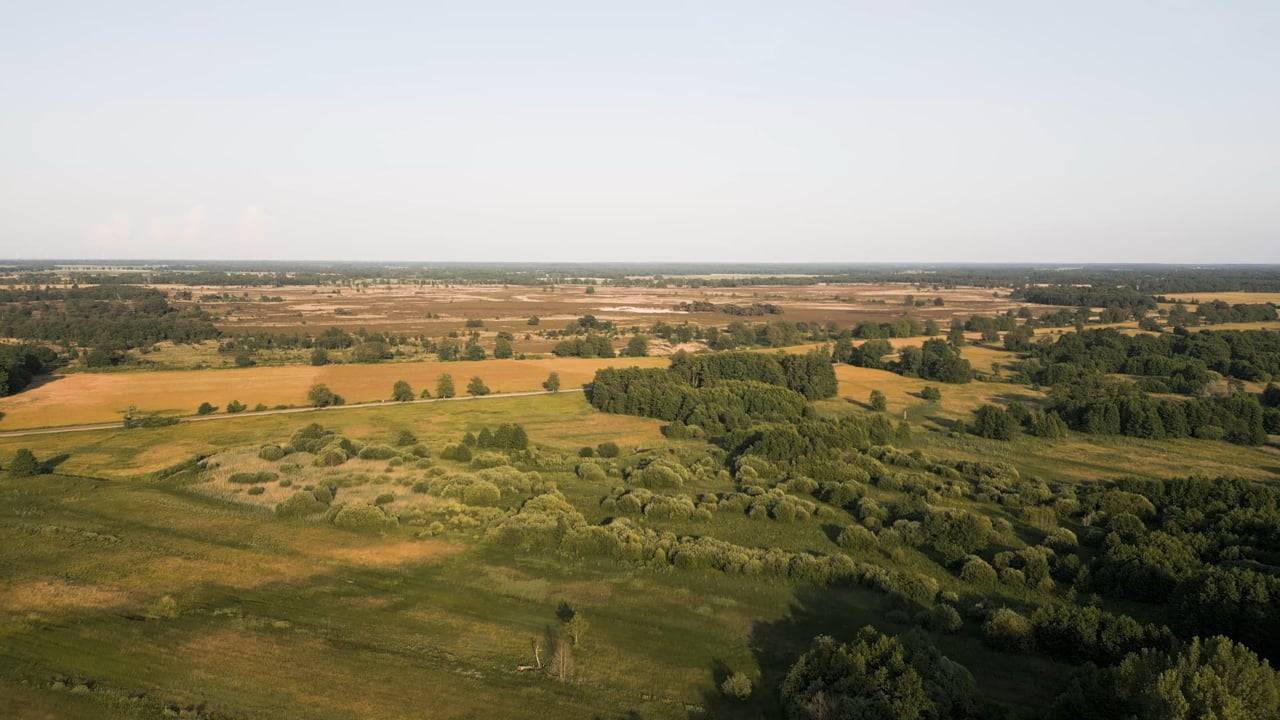




.png)